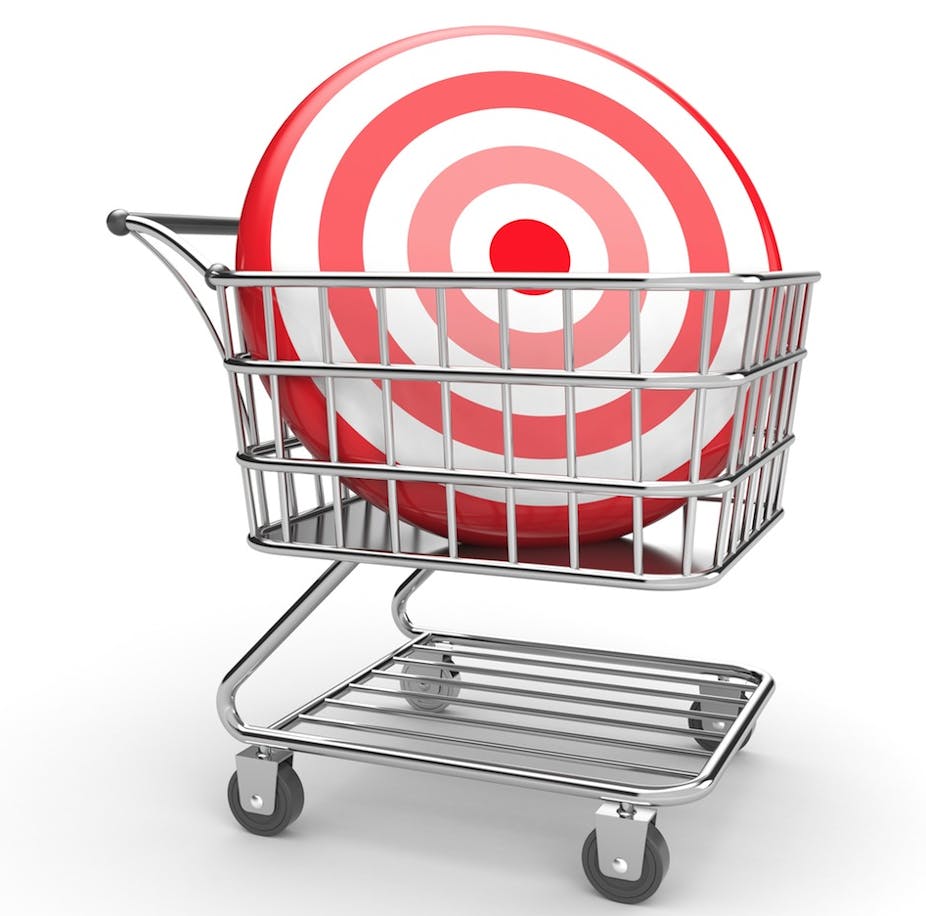Do you approach shopping as if it is a competitive, sport-like activity? Or perhaps you attach social or emotional value in being recognised by your friends and peers as a great shopper, a proficient or efficient shopper?
If so, you could be a “sport shopper”, according to an academic paper presented at an international conference earlier this year. This shopper can recount in detail where and when they purchased items - and most importantly, how much they saved. For this shopper, it is not about spending the least, but saving the most.
This new “type” should not be confused with the economic shopper; constrained financially and forced to seek out low prices and generic products. And they are definitely not the recreational shopper, who enjoys shopping as a fun activity, engaging in the task to reduce stress and seek pleasure.
While many view shopping as a fairly benign activity, there is considerable interest in shopping motivation, particularly from social sciences and marketers - mostly in a bid to more effectively target consumers and shape our shopping experience.
Surveys of female shoppers in Chicago in the 1950s by American consumer behaviour academic Gregory Stone in 1954 identified the ethical shopper and economic shopper, as well as other types: the apathetic shopper, disengaged and disloyal; and the service shopper - demanding and quality seeking.
Others followed, such as Danny Bellenger and Pradeep Korgaonkar’s Recreational Shopper (1980); who enjoyed shopping as a fun activity, to reduce stress and the seek pleasure. Ronald Faber and Thomas O’Guinns’ Compulsive Shopper (1992) was compelled to purchase repeatedly during every shopping centre outing, while Dennis Rooks’ Impulsive Shopper in 1987 selected and purchase with little thought, motivation or concern for consequences.
Unlike recreational shoppers, sport shoppers do not enjoy all shopping, just shopping for exceptional bargains on special items sought and desired. Provisioning, buying school uniforms, doing some grocery shopping has no interest to this shopper. In this context, they would approach the shopping task apathetically.
Unlike compulsive shoppers, the sport shopper is not compelled to make a purchase on each outing. Their shopping activities are controlled and considered and they are able to rationalise an unsuccessful trip as an information gathering opportunity or practice for future shopping missions.
Like an athlete, the sport shopper hones their skills regularly. Once a product is desired, training begins. Attention is given to promotional material and an extensive information search is undertaken to determine market prices and potential discounts. Visits to the same store, over multiple days, enables the sport shopper to identify stock flow and promotional timing. Early morning reconnaissance missions are undertaken, with the objective to be first in the door.
Just as Carolyn Jagacinski and John Nicholls (1987) found that athletes are driven by their ego to attain goals, Sport Shoppers seek to outperform others. Their goals are accomplished when they beat the retail system, or other shoppers (their competitors), by finding that desired item at a significantly discounted price.
Their purchases are then displayed (or worn) with pride, like trophies, which provides opportunities to relate tales of victory, as an old footballer might with mates over a few beers. Just like an athlete, the sport shopper is continuously motivated to improve their personal best by constantly striving to locate that next elusive product at a larger discount than before.
While saving the most is the goal for sport shoppers, they are not a Thrift Shopper, who hunts out bargains out of economic necessity.
This type of shopper is not financially constrained and in many cases may be highly paid. The excitement of sport shopping is not in finding a handbag at Target for $12 (spending the least), but by finding a $1200 Chanel handbag at $350 (saving the most).
Marketers appear to already be responding to this emergent shopping type. For instance, a South African-developed app called Found Shopping allows shoppers to photograph a recent purchase, describe the discount, store of purchase and “flaunt their shopping skills”.
Other sites such as Zappos and ShopSavvy are also claiming to making shopping simpler, easier and more fun than ever before. The ShopSavvy app helps you find the best prices closeby, providing product information and linking to online shopping.
Similar to Found Shopping, it allows you to view products your friends and others have purchased by following them and their lists, or “be a shopping superstar” by creating your own list for others users to follow". These are modern day virtual market mavens.
The intent of these new sites and apps is more about creating a sense of competition among shoppers, encouraging them to shop harder, longer, better, smarted; rather than passively promoting special offers broadly. Retailers have begun to leverage the power of word-of-mouth advertising, as friends share their shopping victories.
So as we hit the stores for the Boxing Day Sales, maybe the Sport Shopper in us all will once again surface.
This is the third piece in our series on the commercial realities facing Australian retailers this season.
Read the other pieces below:
Aussie retailers should get their Christmas wish this year
Doing it better? Overseas online retailers aisles ahead

